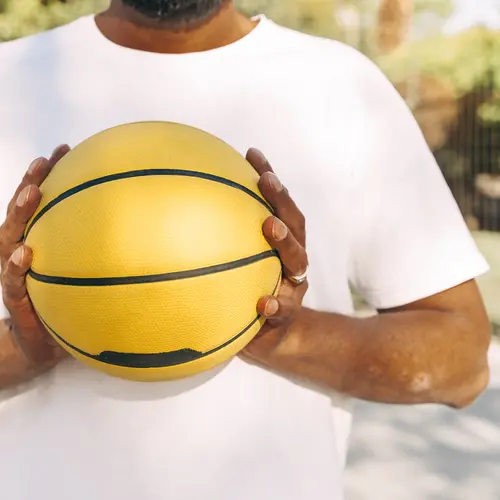What Is a Corn? What Is a Callus?
Corns and calluses can be annoying, but your body actually forms them to protect sensitive skin. Corns and calluses are often confused with one another.
Corns generally occur at pressure points, typically the bottom of the feet and the sides of toes. They can be painful.
A hard corn is a small patch of thickened, dead skin with a central core. A soft corn has a much thinner surface and usually occurs between the 4th and 5th toes. A seed corn is a tiny, discrete callus that can be very tender if it's on a weight-bearing part of the foot. Seed corns tend to occur on the bottom of the feet, and some doctors believe this condition is caused by plugged sweat ducts.
Calluses are thickenings of the outermost layer of the skin and are painless. They can develop on hands, feet, or anywhere there is repeated friction -- even on a violinist's chin. Like corns, calluses have several variants. The common callus usually occurs when there's been a lot of rubbing against the hands or feet. A plantar callus is found on the bottom of the foot.
What Causes Corns and Calluses?
Some corns and calluses on the feet develop from an improper walking motion, but most are caused by ill-fitting shoes. High-heeled shoes are the worst offenders. They put pressure on the toes and make women four times as likely as men to have foot problems. Other risk factors for developing a corn or callus include foot deformities and wearing shoes or sandals without socks, which leads to friction on the feet.
Rubbing or pressure can cause either soft corns or plantar calluses. If you or your child develops a callus that has no clear source of pressure, have it looked at by a doctor since it could be a wart or caused by a foreign body, like a splinter, trapped under the skin. Feet spend most of their time in a closed, moist environment -- ideal for breeding bacteria. Staph infections can start when bacteria enter corns through breaks in the skin and cause the infected corn to release fluid or pus.
What Are the Symptoms of Corns and Calluses?
Here are some ways to spot different types of corns and calluses:
- A callus is a patch of compact, dead skin anywhere on the body that is subject to friction. There are different common names given to various types of calluses.
- A hard corn is a compact patch of hard skin with a dense core, on top of a toe or the outside of the little toe.
- A soft corn is a reddened, tender area of skin. It has a thin, smooth center and is found between toes.
- A seed corn is a plug-like circle of dead skin, often painful, on the heel or ball of the foot.
- A plantar callus is a callus on the bottom or plantar surface of the foot.
Call Your Doctor About a Corn or Callus If:
- You cut a corn or callus and cause it to bleed. The break in the skin invites infection.
- A corn discharges pus or clear fluid, which means it's infected or ulcerated. Both conditions need urgent medical attention.
- You develop a corn and also have diabetes, heart disease, or other circulatory problems. You run a high risk of an infection.
How Can I Prevent Corns and Calluses?
Here are some things to try:
- To avoid corns and calluses on the feet, have both feet professionally measured at the shoe store, and buy only properly fitting shoes.
- Be sure both shoe width and length are correct for each foot, because feet may be slightly different sizes. Allow up to a half-inch between your longest toe and the front of the shoe. If you can't wiggle your toes in your shoes, they're too tight.
- Shop for shoes at the end of the day, when feet are typically most swollen.
- Avoid shoes with sharply pointed toes and high heels. Women who must wear these shoes at work can take some of the pressure off their feet by walking to the office in well-fitting athletic shoes. Try to lower heel height as much as possible.
- Have shoes repaired or replaced regularly. Worn soles give little protection from the shock of walking on hard surfaces, and worn linings can chafe your skin and harbor bacteria.
- Worn heels raise any uneven pressure on the heel bone. If the soles or heels of your shoes tend to wear unevenly, see an orthopedist or podiatrist about corrective shoes or insoles.
- If you have hammertoes -- toes that are buckled under -- be sure the shape of your shoes offers plenty of room to accommodate them.
- Calluses can happen on hands, so wear protective gloves if you use tools.

